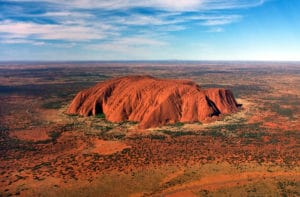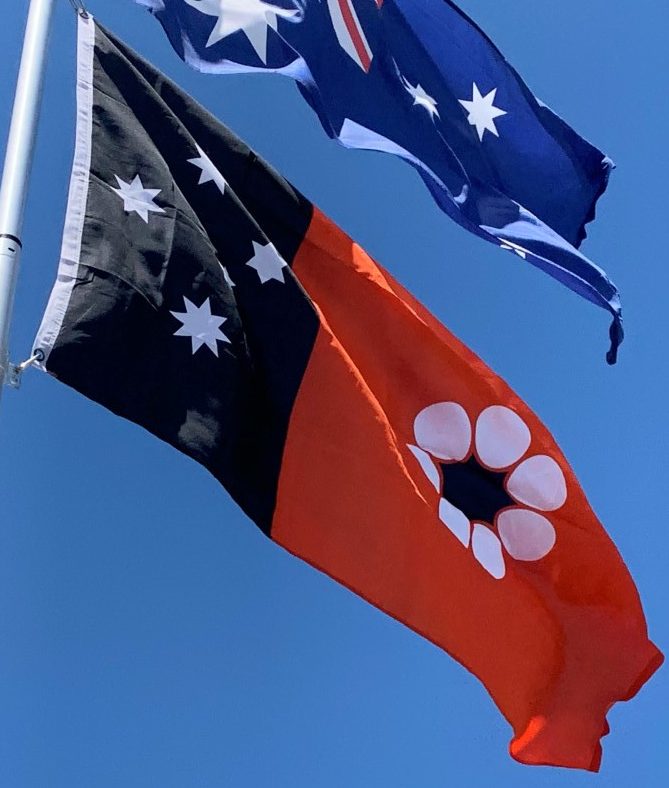On 1 January 1911, a decade after federation, the Northern Territory was separated from South Australia and transferred to federal control. Alfred Deakin opined at this time “To me the question has been not so much commercial as national, first, second, third and last. Either we must accomplish the peopling of the northern territory or submit to its transfer to some other nation.”
During World War II, most of the Top End was placed under military government. This is the only time since Federation that part of an Australian state or territory has been under military control. After the war, control for the entire area was handed back to the Commonwealth. The Bombing of Darwin occurred on 19 February 1942. It was the largest single attack ever mounted by a foreign power on Australia. Evidence of Darwin’s World War II history is found at a variety of preserved sites in and around the city, including ammunition bunkers, airstrips, oil tunnels and museums. The port was damaged in the 1942 Japanese air raids. It was subsequently restored.

In 1974, from Christmas Eve to Christmas Day, Darwin was devastated by tropical Cyclone Tracy. Cyclone Tracy killed 71 people, caused A$837 million in damage (1974 dollars), or approximately A$4.45 billion (2014 dollars), and destroyed more than 70 per cent of Darwin’s buildings, including 80 per cent of houses. Tracy left more than 41,000 out of the 47,000 inhabitants of the city homeless. The city was rebuilt with much-improved construction codes and is a modern, landscaped metropolis today.
In 1978 the territory was granted responsible government, with a Legislative Assembly headed by a chief minister. The territory also publishes official notices in its own Government Gazette. The administrator of the Northern Territory is an official acting as the Queen’s indirect representative in the territory.
During 1995–96 the Northern Territory was briefly one of the few places in the world with legal voluntary euthanasia, until the Federal Parliament overturned the legislation. Before the over-riding legislation was enacted, four people used the law supported by Dr. Philip Nitschke.
Geography:
There are many very small settlements scattered across the territory, but the larger population centers are located on the single paved road that links Darwin to southern Australia, the Stuart Highway, known to locals simply as “the track”.
The Northern Territory is home to two spectacular natural rock formations, Uluru (Ayers Rock) and Kata Tjuta (The Olgas), which are sacred to the local Aboriginal peoples and which have become major tourist attractions.

In the northern part of the territory lies Kakadu National Park, which features extensive wetlands and native wildlife. To the north of that lies the Arafura Sea, and to the east lies Arnhem Land, whose regional center is Maningrida on the Liverpool River delta. There is an extensive series of river systems in the Northern Territory. These rivers include: the Alligator Rivers, Daly River, Finke River, McArthur River, Roper River, Todd River and Victoria River.
Economy:
The Northern Territory’s economy is largely driven by mining, which is concentrated on energy producing minerals, petroleum and energy and contributes around $2.5 billion to the gross state product and employs over 4,600 people. Mining accounts for 14.9% of the gross state product in 2014–15 compared to just 7% nationally.
